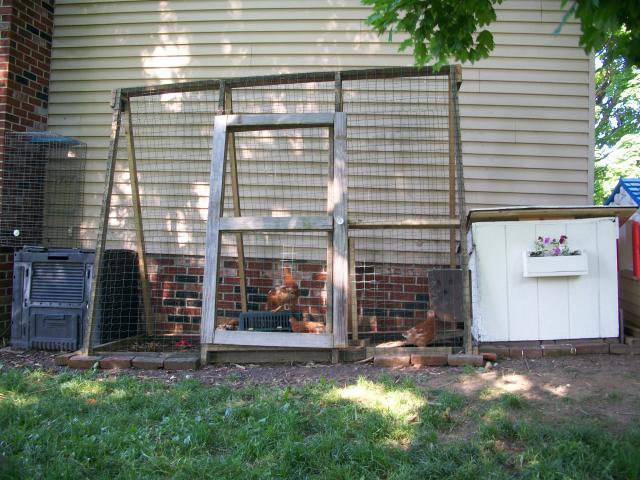- Sep 1, 2010
- 2
- 0
- 7
Hi all!
I am new to chicken raising, and in the planning stage. As soon as the coop is built we're going to pick up some 4-5mo hens and a rooster (either RIR or barred rocks I think) My question is this: I know that chickens need about 4' of space per chicken, but does that include just the hen house, or the run too? Thanks for your help! Brandy
I am new to chicken raising, and in the planning stage. As soon as the coop is built we're going to pick up some 4-5mo hens and a rooster (either RIR or barred rocks I think) My question is this: I know that chickens need about 4' of space per chicken, but does that include just the hen house, or the run too? Thanks for your help! Brandy










